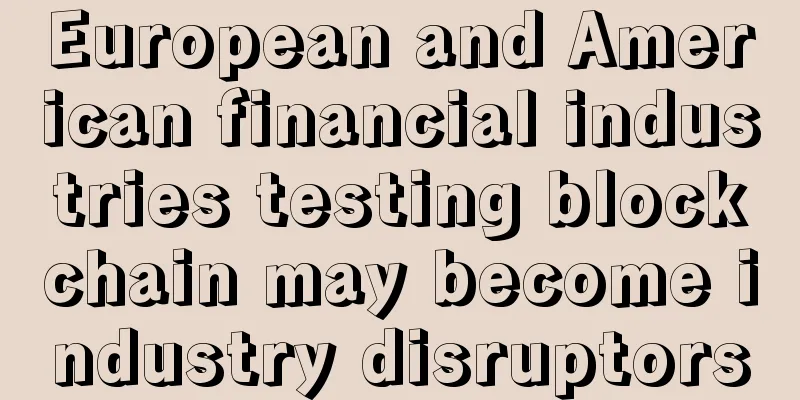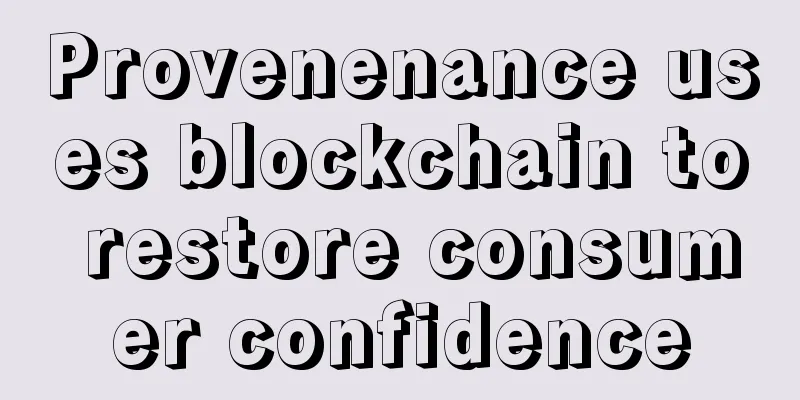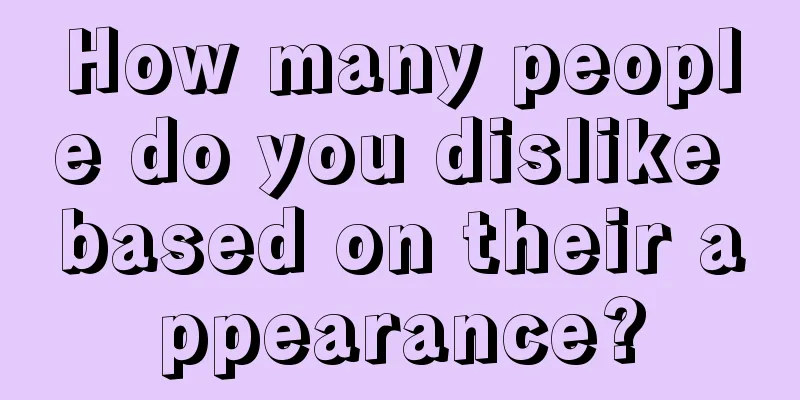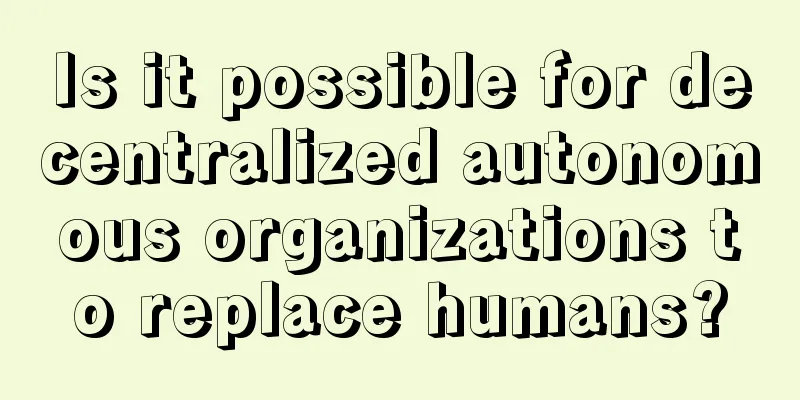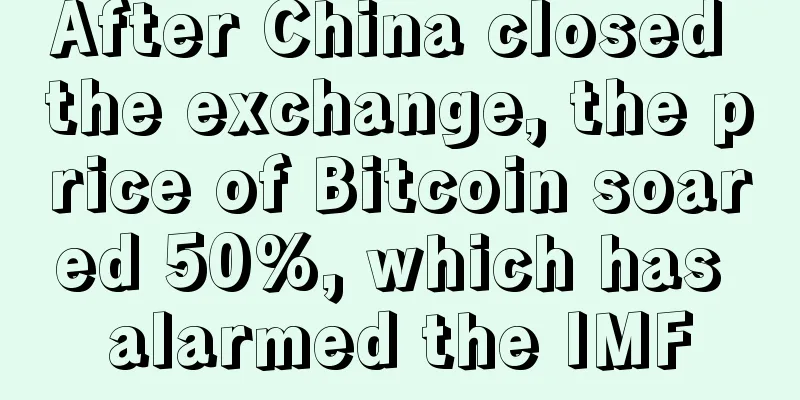|
Blockchain is increasingly attracting the attention of the financial industry in the United States and Europe. The banking industry has begun testing related applications, some stock exchanges have tried to carry out smart securities trading, and some central banks have started to develop digital currencies based on blockchain. The industry believes that blockchain is a potential transformative technology that is expected to reshape the financial industry in the future.
Blockchain, the underlying technology of Bitcoin, is increasingly attracting the attention of the financial industry in the United States and Europe. Banks such as UBS and JPMorgan Chase have begun testing related applications, while Nasdaq and the Australian Stock Exchange have also tried to carry out smart securities trading. The Bank of Canada and the Dutch Central Bank have started to develop digital currencies based on blockchain. The industry believes that blockchain is a potentially transformative technology that is expected to reshape the financial industry in the future.
“Decentralization” solves the credit problem
Blockchain is a data structure that can generate and share digital ledgers of transaction activities. Its core design concept is that every network node in the system participates in the public ledger of the entire network. After multiple confirmations, the blockchain record information that enters the history will be permanently recorded and cannot be modified. This distributed ledger structure ensures that the recorded information cannot be tampered with and is traceable, creating a "decentralized" and unbreakable network "trust chain".
After solving the core credit problem of the financial industry, the combination of blockchain and the financial industry has created countless possibilities.
According to the blockchain white paper released by UBS, blockchain technology can be used to create digital currencies with unforgeable cash attributes, while retaining the advantages of digital networks while providing a direct and clear value transfer mechanism; by providing items with a unique, unforgeable identity and an unalterable record of their ownership, blockchain can greatly simplify the direct transfer process of tangible assets and increase trust in their source; finally, by adding full programming capabilities to the blockchain, "smart contracts" can be created that can not only better record financial agreements, but also enable the automatic execution and self-enforcement of these agreements.
Blockchain can enable real-time settlement of most types of financial transactions, simplify the clearing and settlement process, shorten the settlement window, significantly reduce transaction costs, and eliminate counterparty risk. In addition, blockchain technology is expected to minimize errors in the transaction process. Currently, about 10% of all transactions in the US market require manual verification. If blockchain technology is used, many links can be "packaged" into a smart contract, thereby reducing unnecessary errors in the transaction process and reducing the risk of manual intervention. Goldman Sachs predicts that if blockchain technology is fully applied in the transaction ecosystem, it may save global transaction fees, operating expenses and capital expenditures by $11 billion to $12 billion per year.
Blockchain technology is also expected to provide a more convenient "weapon" for supervision. Using blockchain, regulatory rules can be "embedded" in financial products and services to make the system more compliant. This means that regulators can take action before a crisis occurs to prevent it from happening, rather than intervening in supervision after the crisis occurs to try to avoid the next crisis.
Broad application prospects
Currently, financial giants in the United States and Europe have been testing blockchain technology. UBS has established the "Crypto Pathfinder Program" to explore more than 20 blockchain application cases. The "smart bond" model it developed will no longer require the participation of pre- and post-transaction intermediaries. The software on the blockchain will be specially set up to automatically process information and capital flows between issuers and buyers. JPMorgan Chase has also completed the test of currency settlement. Korea's National Bank has established a cooperative relationship with Coinplug to test cross-border remittances.
In terms of digital currency, the Ecuadorian government took the lead in launching a national digital currency last year. The Bank of England commissioned the University of London to design a digital currency RSCoin. The Dutch central bank also said it was developing "DNBCoin". Last month, the Bank of Canada announced that it was developing a digital version of the Canadian dollar CAD-coin based on blockchain technology, trying to allow participants to deposit the central bank's issued banknotes into a special "pool" and then exchange them for CAD-Coin, helping the central bank to issue, transfer or dispose of assets through distributed ledger technology.
In the securities industry, Electronic Asset Holdings (DAH) will design a clearing and settlement system based on blockchain technology for the Australian Stock Exchange, aiming to eventually achieve real-time trading. Nasdaq has also created a blockchain equity trading platform Linq and completed a small-scale share offering to private investors at the end of last year.
Goldman Sachs' research report predicts that the sharing economy and social media will use blockchain to establish a basic identity and reputation management system. In the capital market, a series of early prototype technologies are expected to appear in the next two years, but their use will be limited.
UBS experts believe that blockchain is a potentially transformative technology. In the next 20 years, the impact of blockchain and related technologies on the world will be as profound as the impact of the Internet in the past 20 years. Blockchain will open the door to a new financial model, which can significantly reduce costs, improve efficiency, fundamentally improve the financial system, and subvert many existing business models. However, this technology, which essentially bypasses traditional financial intermediaries, will not make banks redundant, but is likely to make them do better.
|
